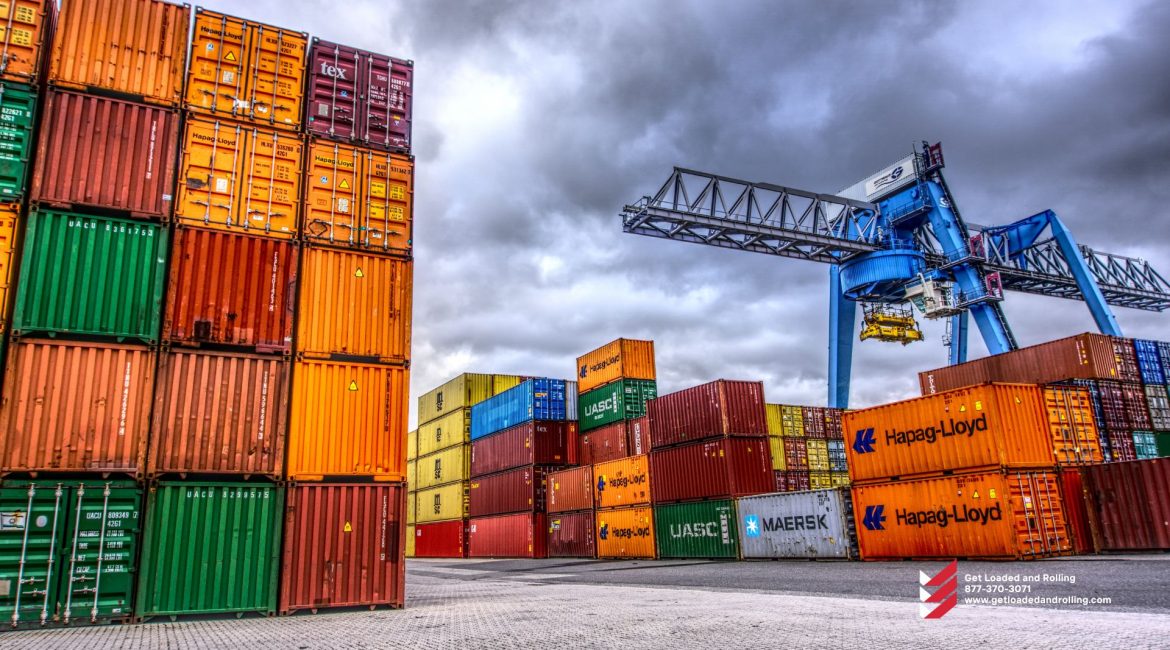Some firms are vehemently opposed to new environmental restrictions. Others figure out ways to profit from them. Consider the IMO 2020 standard, which reduced the sulfur content of shipping emissions. Many shipowners have turned this historic worldwide emissions regime into a significant competitive advantage.
Since the regulation’s implementation date of January 1, 2020, ships have had to use more expensive 0.5 percent sulfur fuel oil (VLSFO) or fuels with even lower sulfur content.
The exception is that ships can add exhaust gas scrubbers for roughly $2 million to $3 million per ship. Scrubber-equipped vessels can continue to use the cheaper pre-2020 fuel with a sulfur concentration of 3.5 percent, known as high sulfur fuel oil (HSFO).
If the spread between HSFO and VLSFO is large enough, the fuel savings will cover the cost of the scrubber installation and create profits.
Shipowners have purchased a large number of scrubbers. And the VLSFO-HSFO spread has widened dramatically.
Scrubbers are “paying off in record proportions,” according to Omar Nokta, a shipping analyst at Jefferies. “Several shipowners have stated that their initial investment has already been fully repaid.”
“The margins between high- and low-sulfur gasoline have grown considerably,” noted Stifel shipping analyst Ben Nolan this week.
In July, spreads reached an all-time high.
When IMO 2020 was first implemented, the spread widened as projected. Then it mysteriously vanished once COVID lockdowns took effect. It soared again once the lockdowns were lifted, then surged in the aftermath of the Ukraine-Russia war, topping spreads in early 2020.
According to Ship & Bunker data, the average price of VLSFO at the world’s top 20 bunkering ports on Wednesday was $369.50 per ton higher than the average price of HSFO. On July 5, it reached an all-time high of $420.50.
Individual refueling hub spreads have been more dramatic than the world average. According to Ship & Bunker data, the VLSFO-HSFO spread in Singapore, the world’s largest bunkering port, reached $580 per ton on July 5 and was at $508.50 on Wednesday.
The spread hit $549 per ton on July 5 in Fujairah, the United Arab Emirates, the world’s third-largest refueling port, and was $490 on Wednesday.
The impact of scrubbers on tanker and bulker spot earnings
Given the immense amount of fuel needed by larger ships on long-distance voyages, such spreads generate enormous revenue differentials in the spot market.
In bulk commodity shipping, the ship operator, not the cargo shipper, bears the expense of fuel in a spot voyage arrangement. Clarksons Platou Securities calculated that in the spot market on Thursday, 10-year-old very large crude carriers (VLCCs, tankers that carry 2 million barrels of oil) with no scrubbers and burning VLSFO earned the equivalent of $16,200 per day.
The same ship, with a scrubber and burning HSFO, paid $22,000 less a day for fuel, for a net daily rate of $38,400.
Based on Clarksons’ average breakeven point for a 10-year-old VLCC of $28,000 per day, a non-scrubber VLCC is still losing money in the spot market, whereas the scrubber-equipped VLCC is earning 2.4 times as much and has returned to profitability.
According to Clarksons, a Capesize (a bulker with a capacity of roughly 180,000 deadweight tons) with no scrubber earned the equivalent of $22,000 per day in the dry bulk shipping sector on Thursday. A Capesize equipped with a scrubber saved $22,400 per day on fuel, netting twice as much: $44,400 per day.
Based on a 10-year-old Capesize’s breakeven of $18,000 per day, a non-scrubber Capesize makes a tiny profit, whereas a scrubber-equipped Capesize makes a significant profit.
The effect of scrubbers on container shipping
Scrubbers have repercussions for container lines and their shipper customers.
The two largest mainline trades, Asia-Europe and Asia-US, are dominated by container ships with a capacity of 8,000 twenty-foot equivalent units or more. According to Clarksons data, scrubbers are already installed on 46 percent of container ships with a capacity of 8,000 TEUs or more, with further installations planned. Scrubbers are already installed on 59 percent of ships with 12,000 TEUs or more.
Contract cargo shippers are progressively paying higher bunker adjustment factors (BAFs) as carriers recoup growing fuel costs.
“Most bunker fuel surcharges are tied to VLSFO pricing,” stated Lars Jensen, CEO of Vespucci Maritime, earlier this year. “In practice, this implies that if a carrier has scrubbers on its vessels and BAFs tied to VLSFO, it is effectively getting paid by shippers for the high cost of VLSFO while buying [HSFO] for less and pocketing the difference.”
Shipping stocks in two tiers?
Historically, shipowner stocks have not been traded based on a management approach. Shipowner stocks are often regarded as commoditized bets on underlying transport demand.
However, other analysts believe there will be more differentiation in the future. Companies that have scrubber-equipped ships and/or boats built in the last decade with more fuel-efficient designs may be able to separate themselves from the pack.
“Those firms with exhaust scrubbers, particularly on larger ships,” Nolan added, “could outperform as the industry becomes more fragmented.”
He believes Scorpio Tankers (NYSE: STNG) and DHT (NYSE: DHT) are the best-positioned public tanker firms to benefit from scrubber installations, while Star Bulk (NASDAQ: SBLK) and Safe Bulkers (NYSE: SB) are the best-positioned dry bulk companies.
“Historically, investors have noticed little diversity in company fleets,” says Nokta, “but that is changing.” Companies with a stronger emphasis on modern, eco-design ships [and/or scrubbers] are likely to see a premium valuation… as a result of the visibly high outperformance, they are now capturing. There is a growing disparity in firm profits power based on the equipment available.”
